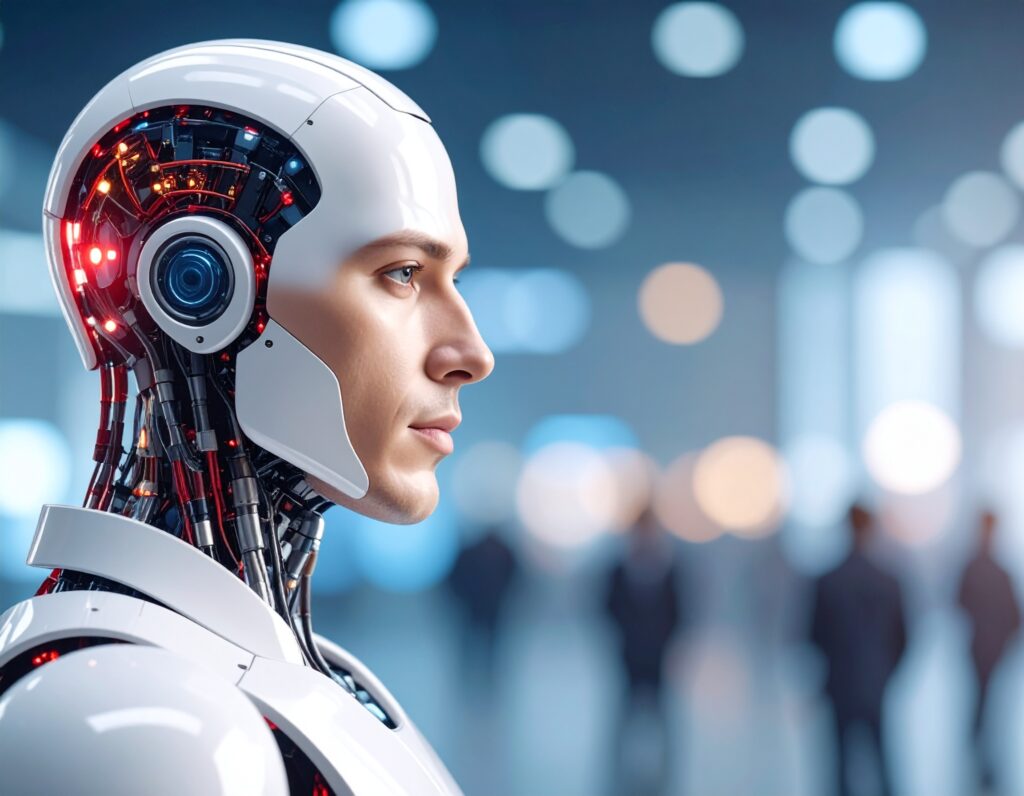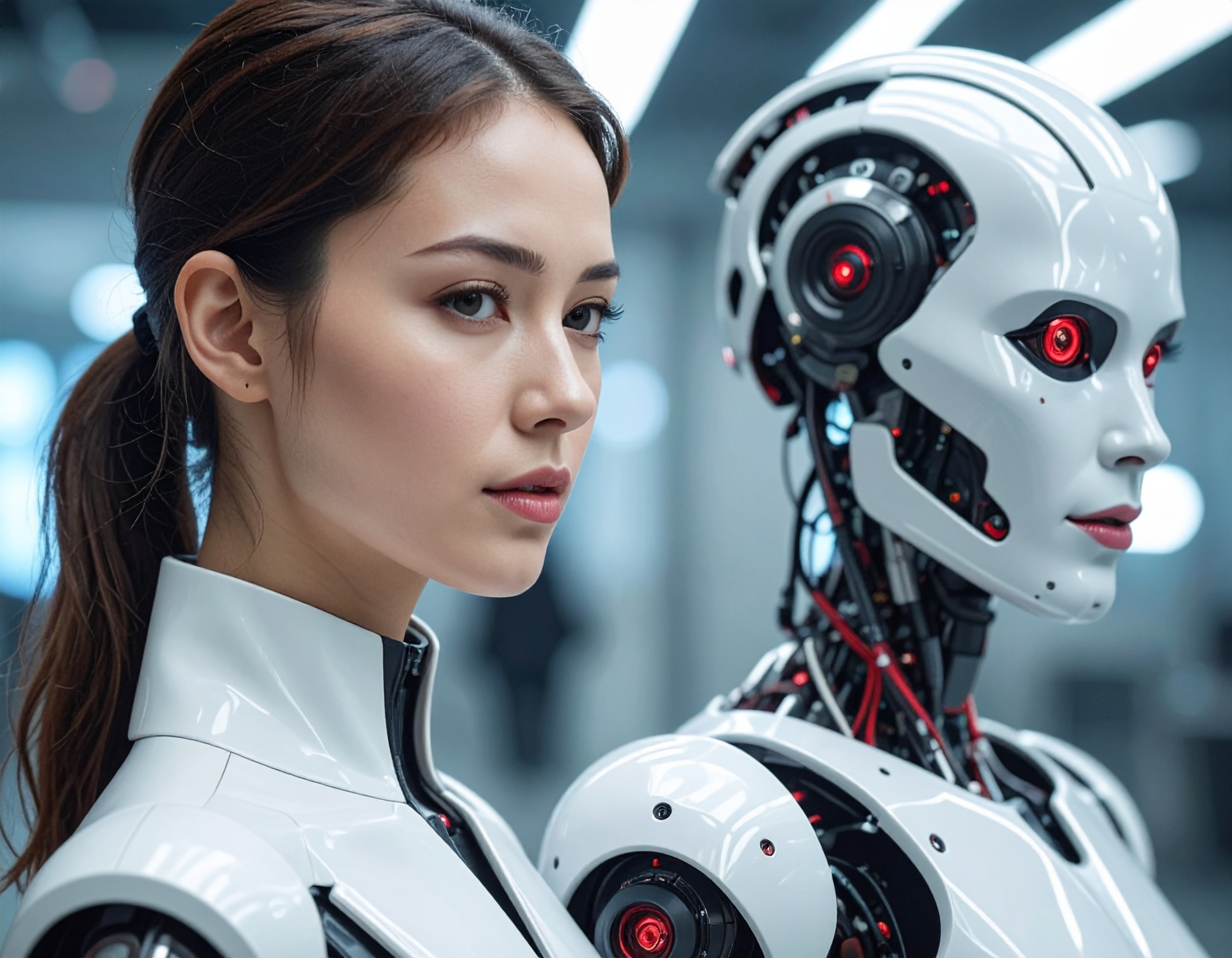Robot Races, Fumbles, and Future Dreams: Inside China’s First ‘Robot Olympics’

Spectacle in Beijing: A New Era of Non-Human Workers Takes the Field
In mid-August 2025, Beijing hosted the inaugural World Humanoid Robot Games, a three-day event featuring over 500 androids from 280 teams across 16 countries competing in athletic, martial, and practical challenges . Held at the gleaming National Speed Skating Oval—constructed for the 2022 Winter Olympics—the Games showcased events from 100m sprinting and kung fu to medicine classification, cleaning tasks, boxing, table tennis, and more .
This bold spectacle highlighted both the promise and the limitations of humanoid robotics. While many machines tumbled or stalled mid-event, others displayed surprising agility and resilience—sparking excitement and sometimes laughter among the audience .
Highlights of Performance: AI Employees in Action
Several examples stood out: in one football match, a cluster of robots—roughly the size of seven-year-olds—struggled through clumsy scrums and frequent collisions . Conversely, in a nearly one-mile (1,500 m) race, Unitree’s humanoid thundered ahead and finished in around 6 minutes and 29 seconds, a remarkable feat—though still significantly slower than the human world record of 3:26 .
There were also some eyebrow-raising moments—one robot barreled into a human operator, leaving the human momentarily down while the robot stayed upright . Yet even amid technical glitches and tumbles, many robots demonstrated autonomous recovery, a promising development for future Voice AI Agents and AI-driven physical systems .

Strategic Importance: Why This Matters Now
The Games are more than a spectacle—they are a statement of technological ambition. China has positioned humanoids at the center of its national strategy, investing billions in robotics and AI, including a planned one-trillion-yuan (~$137–139 billion) fund for startups in these sectors .
Analysts point out that competitions like this offer critical real-world testing environments. The mistakes—the fumbles, the falls—are seen as valuable data to develop more reliable AI Employees for factories, hospitals, homes, and service industries .
Public reaction was lively: spectators cheered the robot athletes with the same enthusiasm as they would human competitors, signaling growing social acceptance of embodied AI and Non-Human Workers stepping into everyday roles .
Looking Ahead: The Road to 2026 and Beyond
August 2025’s event was the debut of the annual World Humanoid Robot Games, with the next edition already slated for August 2026 in Beijing . These Games reflect a shift toward testing Voice AI Agents, AI Employees, and Non-Human Workers not behind desks, but on fields, tracks, and competitive arenas.
As these machines learn to move, recover, and even engage in teamwork, the gap between humanoids and humans continues to narrow—though human athletes still have plenty to feel confident about… for now.
Key Highlights:
- When & Where: August 2025, Beijing’s National Speed Skating Oval.
- Scale: Over 500 humanoid robots, 280 teams, 16 countries.
- Events: Included sprinting, football, kickboxing, sorting, cleaning, medicine categorisation.
- Performance: Robots frequently tumbled; some showed autonomous recovery; Unitree’s bot completed 1,500 m in ~6:29.
- Significance: Demonstrated both progress and continuing limitations of humanoid robotics; data from failures helps boost future practical applications.
- China’s Strategy: Major investments in robotics and AI, positioning humanoids as strategic national assets.
- Social Impact: Strong public interest and growing acceptance of AI Employees, Non-Human Workers, and embodied AI agents in everyday life.
Reference:


